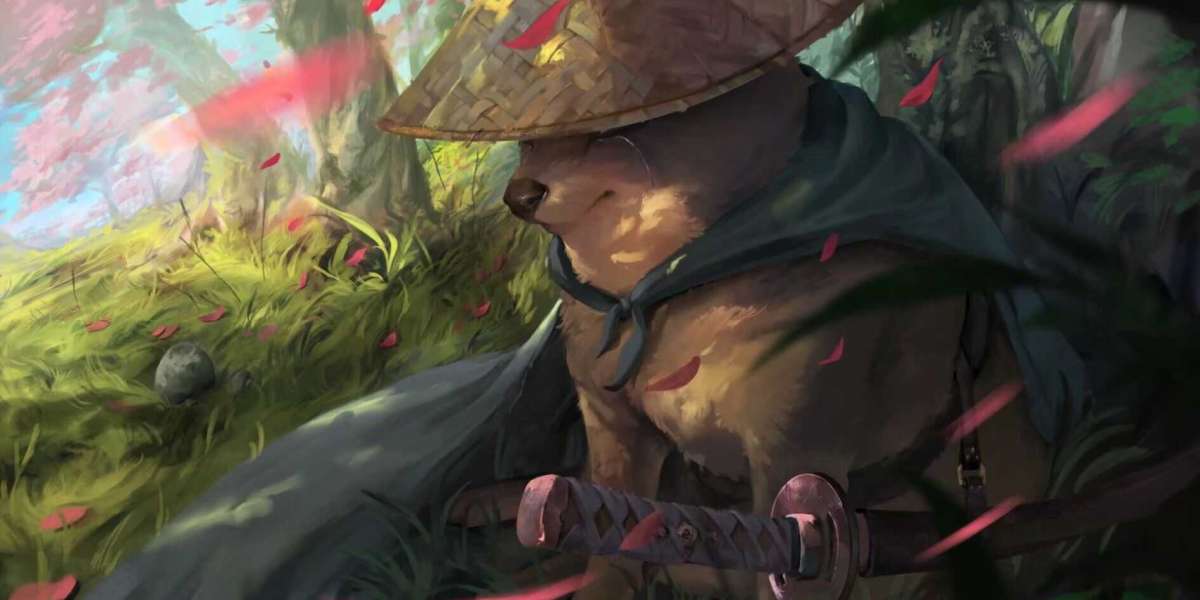When tea lovers speak of perfection in brewing, they often speak of Yixing teapots—crafted from a rare clay known as Zisha, or purple clay. These vessels are more than just beautiful. They are functional works of art shaped by centuries of tradition, regional craft, and cultural reverence.
But what exactly is a Yixing teapot? And how did this modest clay teapot become the gold standard for Chinese tea brewing?
? The Clay That Changed Tea
The story begins in Yixing, a small city in Jiangsu Province, China. Around the 10th–11th century, during the late Tang and early Song Dynasties, artisans began mining a unique type of clay from the Huanglong Mountain region.
This Zisha clay was unlike any other—it had:
High porosity, allowing it to “breathe”
Excellent heat retention, improving steeping quality
A natural, mineral-rich composition that subtly enhanced the flavor of tea
Unlike porcelain or ceramic, Zisha is unglazed, meaning it absorbs the aroma and essence of the tea brewed within—eventually becoming seasoned over time.
? The First Teapots
During the Ming Dynasty (1368–1644), when loose-leaf tea became popular, brewing practices changed. No longer boiling tea with spices or salt, tea drinkers wanted a cleaner, more refined method—and the teapot emerged as the solution.
Yixing potters began crafting small, single-serving teapots ideal for Gongfu-style brewing. Their design emphasized:
One-hand pouring
Tight-fitting lids
Balanced flow from the spout
The combination of functionality and artistry turned the Yixing teapot into a national treasure.
? Legacy and Global Influence
Over the centuries, many renowned artists and studios elevated Zisha teapots into collectibles. From the Ming masters like Shi Dabin to Qing-era artisans like Chen Mansheng, Yixing teapots have carried both cultural meaning and personal identity.
Today, they are featured in museums, art auctions, and tea ceremonies around the world.
At TeaTeapot.com, we honor this tradition by curating genuine, handcrafted Yixing teapots—each with its own character and clay fingerprint.
Final Thoughts
Yixing teapots are more than brewing tools—they are living vessels that evolve with every pour. In their walls is the story of Chinese tea itself: ancient, complex, and deeply human.
? Discover authentic Zisha teapots at TeaTeapot.com and be part of this unbroken tradition.








